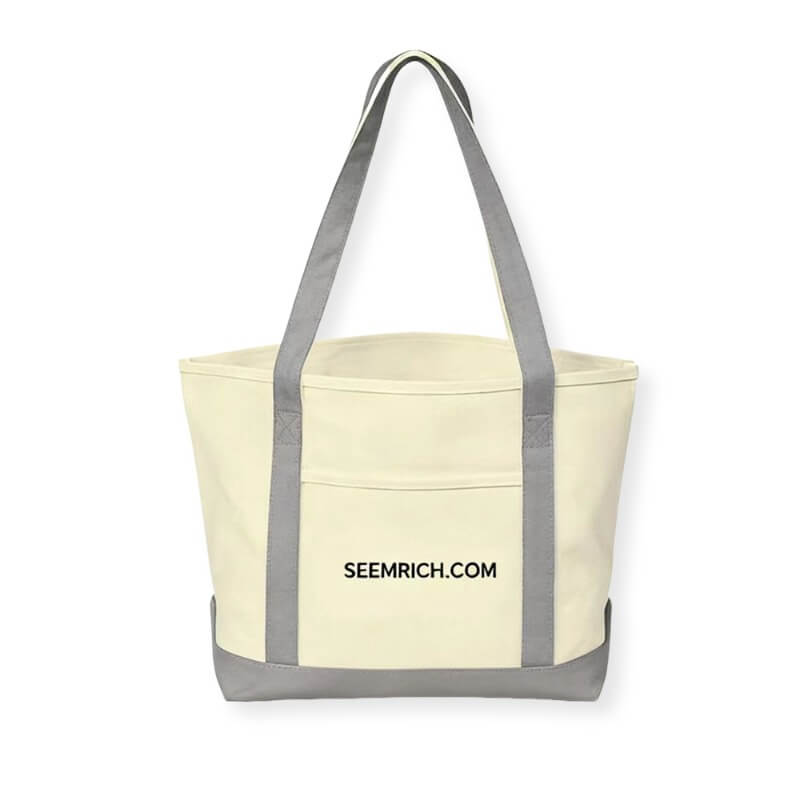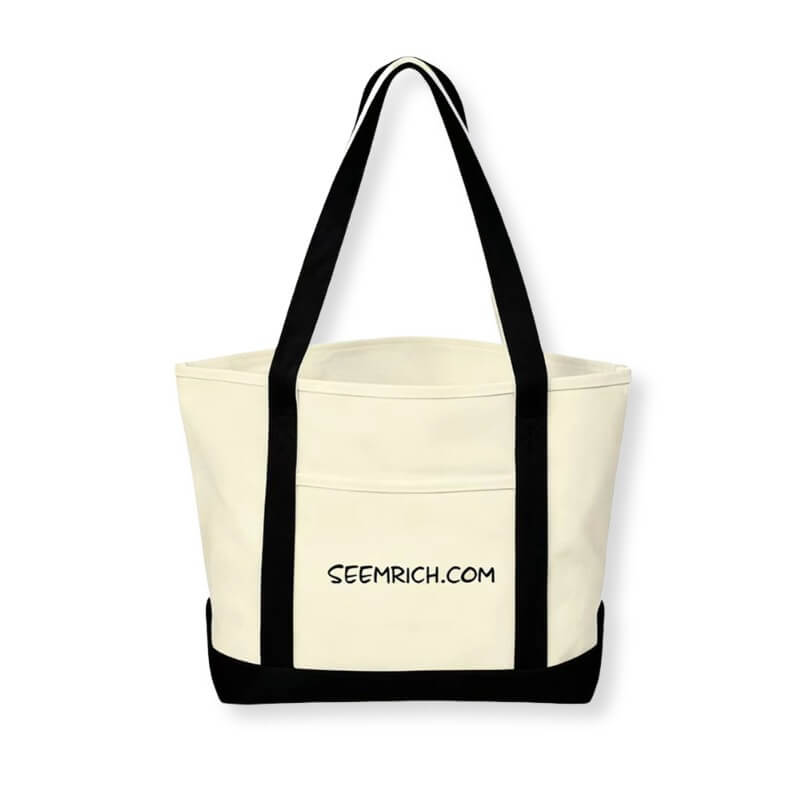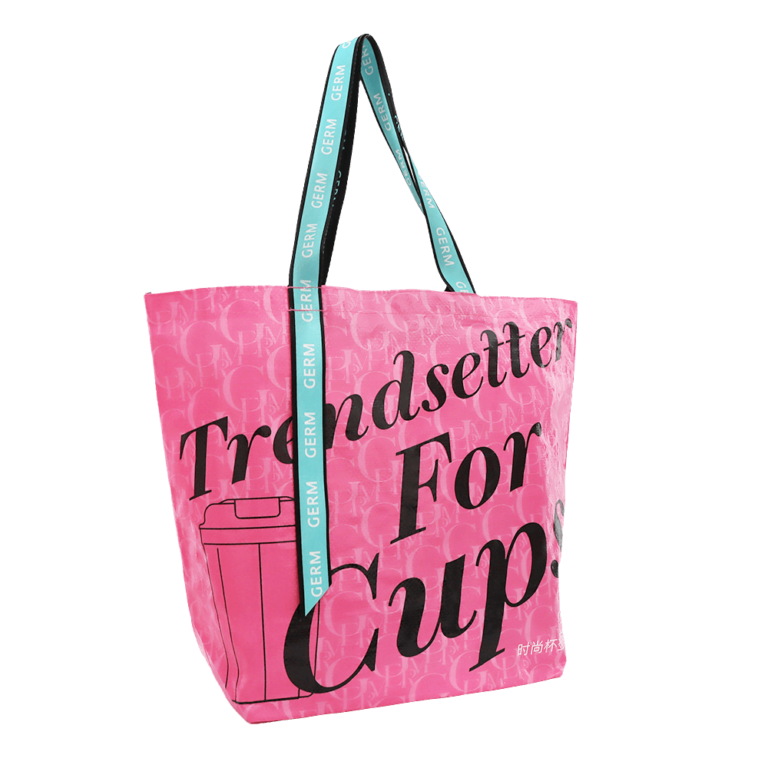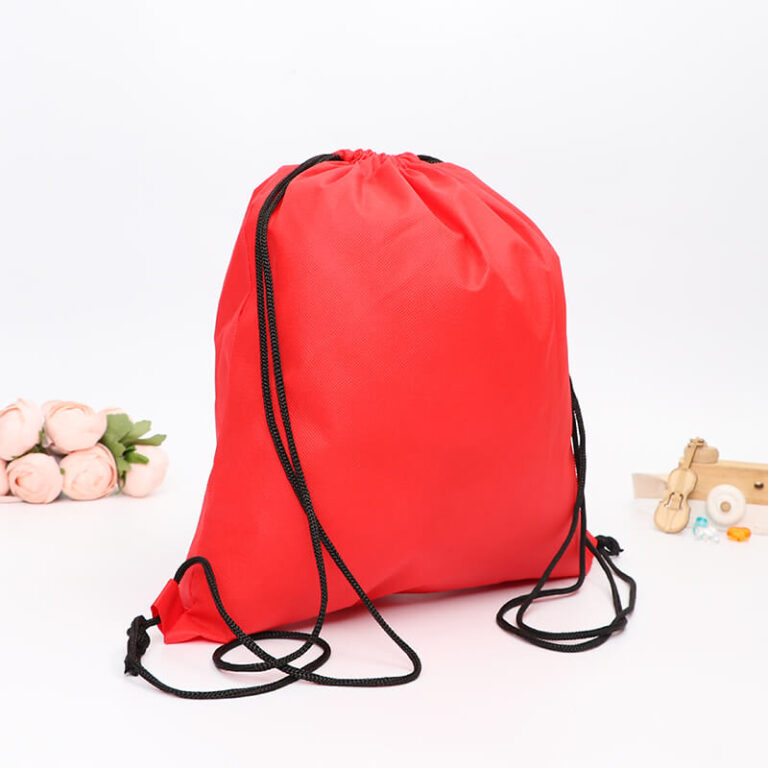Canvas Tote Bags: More Than Just a Basic Carryall
Canvas Tote Bags: Your Everyday Carryall Explained
We’ve all seen them – those sturdy, no-nonsense bags that seem to handle everything from library books to farmer’s market finds without complaint. But what exactly makes canvas tote bags so enduringly popular in our age of high-tech materials? Having tested dozens of variations (and literally worn some out until the handles gave up), I’ll walk you through why this simple fabric bag continues to outlast trendier alternatives.
What Exactly IS Canvas?
Let’s clear up the confusion first:
Canvas isn’t a specific material – it’s a type of weave. Traditionally made from:
- Cotton (most common)
- Linen (premium option)
- Hemp (eco-warrior choice)
- Blends (cotton-polyester mixes)
The magic lies in the plain weave – simple over-and-under threading that creates remarkably strong, durable fabric. Think of it as the denim of the bag world – it actually gets better with age and use.
Why Canvas Beats Other Materials Hands Down
1. Durability That Surprises
Quality canvas tote bags can handle:
- 15-20kg loads regularly
- Machine washing (repeatedly)
- Years of daily abuse
My own canvas tote has survived three years of grocery runs, beach trips, and being used as an impromptu picnic blanket.
2. The Aging Secret
Unlike synthetic materials that degrade, canvas:
- Softens with use without losing strength
- Develops character with every scuff and stain
- Actually becomes more comfortable over time
3. Eco-Credentials That Make Sense
- Biodegradable (if 100% natural fibers)
- Reusable for years
- Production uses less water than cotton t-shirts
- End-of-life options include composting or recycling
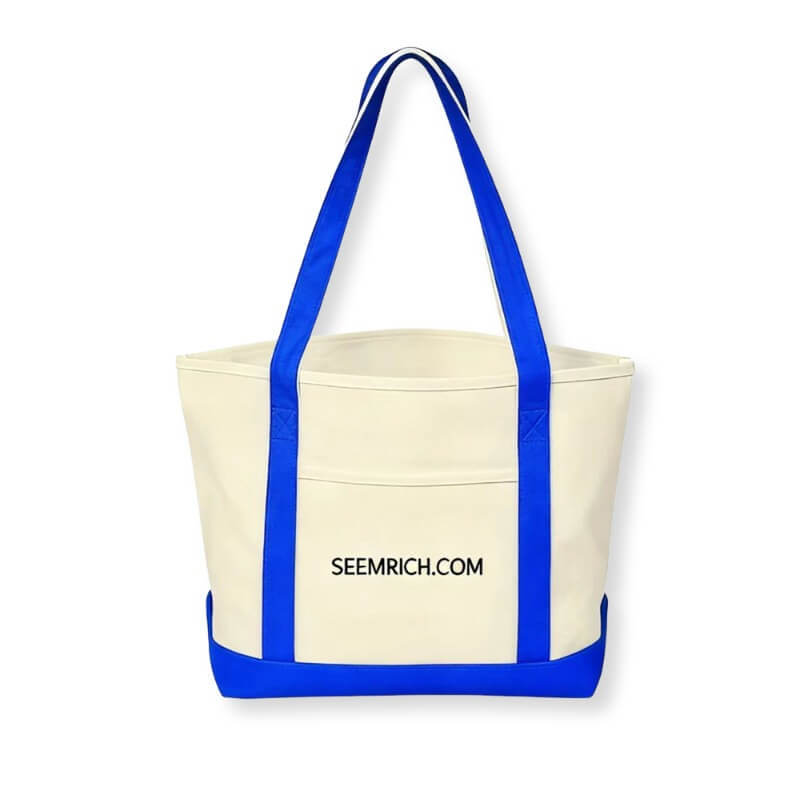
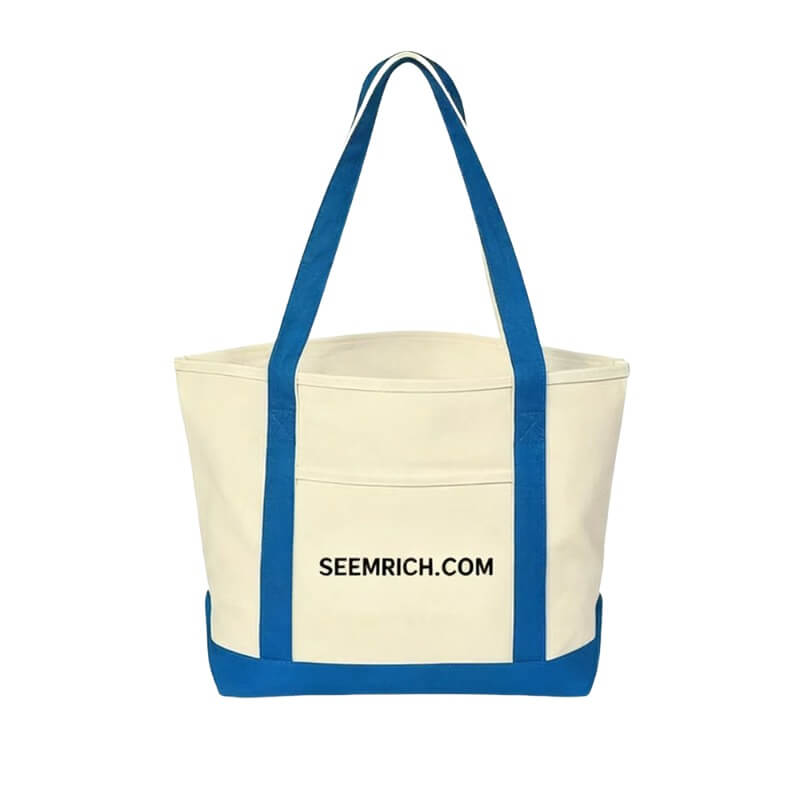
Anatomy of a Quality Canvas Tote
Not all canvas bags are created equal. Here’s what separates the workhorses from the weaklings:
Fabric Weight Matters:
- 8-10 oz: Lightweight (good for promotional items)
- 12-14 oz: Medium duty (most reusable shopping bags)
- 15+ oz: Heavy duty (lifelong companions)
Handle Construction:
- Single-stitch: Will fail under heavy loads
- Double-stitch: Good for everyday use
- Bar-tacked: Industrial strength (look for reinforced triangles at stress points)
Reinforcement Secrets:
- Bottom panels prevent sagging
- Side gussets create valuable width
- Metal eyelets for drawstring versions
Real-World Uses Beyond Groceries
Unexpected applications I’ve witnessed:
- Art students carrying oversized portfolios
- New parents as emergency diaper bags
- Travellers as perfect personal items
- Small businesses as walking billboards
- Book lovers as library haul champions
The Customization Superpower
This is where canvas truly shines for businesses:
Printing Options:
- Screen printing for vibrant, durable designs
- Heat transfer for photographic detail
- Embroidery for premium texture
- Digital printing for complex patterns
At manufacturers like Zhejiang Xinrui New Materials, the customization goes deeper – from organic cotton sourcing to reinforced stress points tailored to your specific use case.
Care & Maintenance Made Simple
To make your canvas tote last decades:
- Turn inside out before machine washing
- Use cold water and mild detergent
- Air dry completely before storing
- Spot clean between washes
- Repair small tears immediately
Cost vs Value Breakdown
| Bag Type | Price Range | Expected Lifespan | Cost Per Use |
|---|---|---|---|
| Cheap Promo Tote | $3-5 | 6-12 months | $0.02-0.04 |
| Quality Canvas Tote | $15-25 | 5-10 years | $0.001-0.003 |
| Designer Canvas Tote | $50-100 | 10-20 years | $0.001-0.002 |
Common Misconceptions Debunked
Myth: “Canvas bags aren’t waterproof”
Truth: Natural water resistance protects contents from brief exposure, and waxed canvas options exist for serious weather protection.
Myth: “They’re too heavy when empty”
Truth: Quality canvas is surprisingly lightweight – the empty weight indicates fabric density and durability.
Myth: “All canvas feels rough and uncomfortable”
Truth: Broken-in canvas develops a soft, almost suede-like texture that’s gentle on clothes and hands.
Why Quality Manufacturing Matters
Having visited factories like Zhejiang Xinrui, the differences become obvious:
Fabric Selection:
- Pre-shrunk canvas prevents distortion
- Even weave density ensures consistent strength
- Quality dyeing prevents color bleeding
Construction Details:
- Reinforced seam allowances
- Proper thread selection (cotton vs synthetic)
- Strategic stress point reinforcement
The Environmental Reality
Yes, canvas has a higher upfront environmental cost than plastic, but:
- 1 quality canvas tote replaces 1,000+ plastic bags
- Natural fiber production supports sustainable agriculture
- Local manufacturing reduces shipping emissions
- Repairability extends lifespan indefinitely
The Bottom Line
Canvas tote bags represent that rare combination of simplicity, durability, and sustainability that modern consumers crave. They’re not just bags – they’re reliable companions that carry both your groceries and your values.
Ready to explore quality canvas options?
→ [View Our Manufacturing Capabilities]

